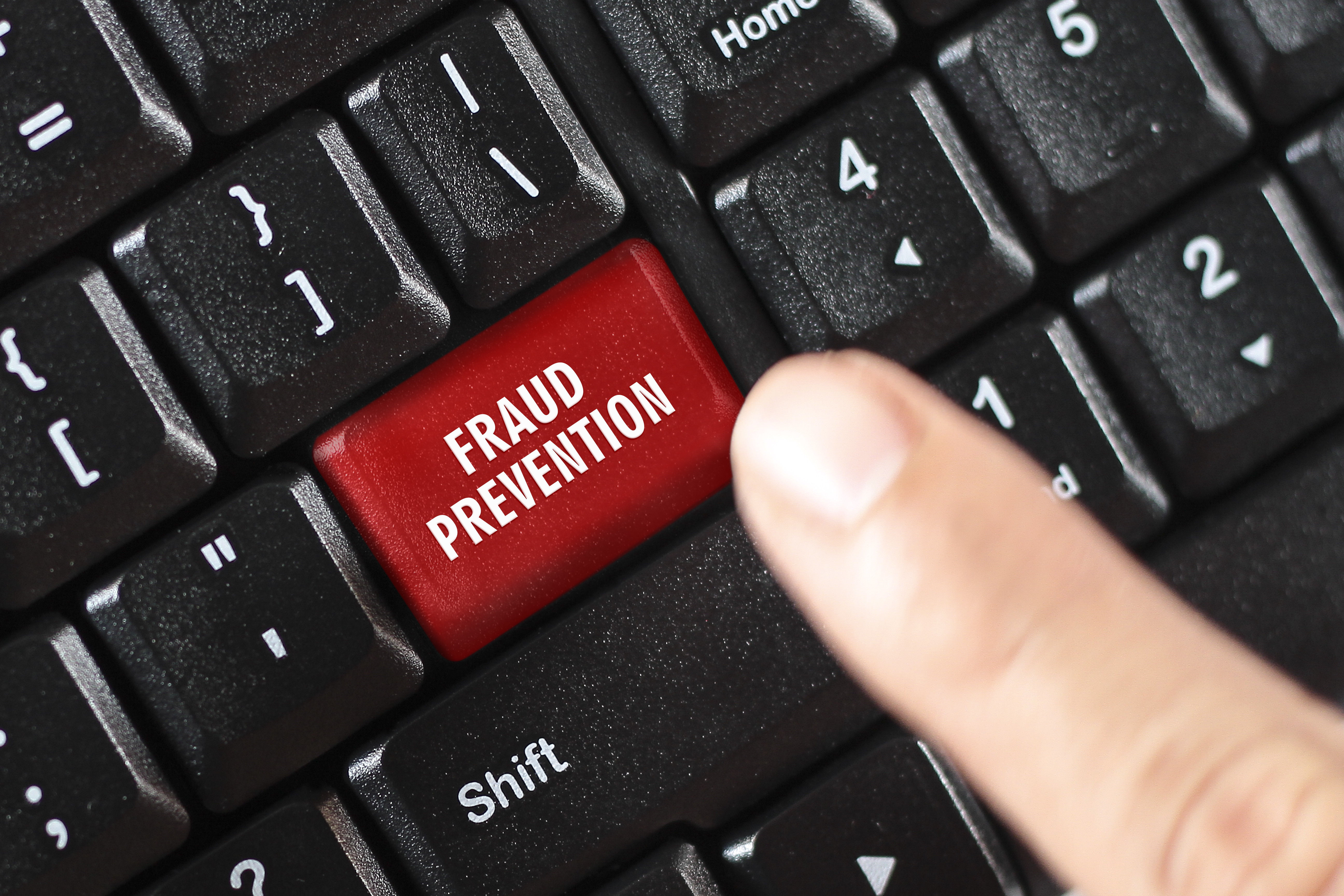As you may have heard from the copious news coverage (including our own), the credit monitoring bureau Equifax, was hit with a security breach which has given thieves access to the data of 143 million people; this information comes primarily from customers in the US, as well as some in the UK and Canada. The data stolen includes names, social security numbers, birth dates, addresses, and the numbers of some driver's licenses and credit cards.
Normally, our first piece of advice would be for you to go directly to a vendor’s breach information site for further information. But at the time of writing, Equifax is having a number of technical difficulties with existing contact methods, at least partly as a result of unusually high traffic volumes.
Calling Equifax directly seems to be ineffective right now, and the Equifax breach-info site is having a variety of problems which seem to indicate that the rush to provide information may have led to further issues.
The Equifax breach notification site runs on a stock installation of WordPress. This is cause for concern as it appears to have insufficient security for a site that asks people to provide their last name plus six out of nine digits of their Social Security number. If this information was stolen, it would be more than enough fodder for criminals to perpetrate additional fraud.
But this isn’t the only cause for concern: software with phishing-detection functionality – including some Internet browsers and OpenDNS have been blocking access to the site and warning that it was a suspected phishing threat due to irregularities in its functionality. For example, the SSL/TLS certificate doesn't perform proper revocation checks, which may cause browsers to display an error message. And the domain name is registered to a site that is not clearly labeled as belonging to Equifax.
An increasing number of reports appear to indicate that the information coming out of the website’s checking mechanism may be incomplete or inaccurate. Verbiage on the Equifax site led to significant debate as to whether signing up for free identity protection services would stop users from taking part in class action lawsuits against the company. This has prompted Equifax to clarify that this waiver does not apply to the current incident.
How to protect yourself
Indications are that this breach occurred between mid-May and July 2017, and that it was discovered by Equifax on July 29. As this has potentially affected almost half of all adults in the US, you may be wondering how to identify or mitigate problems caused by this breach. Here are a few steps you can take now:
-
Check your accounts for suspicious activity
The first, and most important thing you can do is to check the transactions on all your financial accounts and credit history. Keep in mind that there is an overwhelming amount of traffic going to all the major credit reporting agencies right now, so they may be slow or only intermittently available for the next few days. As the breach was only recently reported, it’s likely that more information about the specifics of who was affected and what was stolen will become available in the coming days and weeks.
If you see activity that you do not recognize, it is important that you notify the bank or credit agency immediately.
Keep in mind that the thieves may not use or sell all of the stolen data right away. You will need to be vigilant with your accounts for a while.
-
Consider a Credit Freeze
While freezing your credit does introduce an obstacle when it comes to allowing someone to access your credit report (such as when you apply for a new bank card, loan, apartment or job), it also makes it more difficult for thieves to create new accounts using your information. Laws differ from one state to another regarding who may request a freeze and how much they will be charged. For most states that do charge, if fraud against you has not yet been committed as the result of a data breach, you may be charged around $10 to place the freeze. It’s important to contact all three credit reporting agencies, including Equifax.
If your information was included in this breach, and you decide against a credit freeze, you may wish to place a fraud alert on your files instead. A fraud alert warns creditors that you may be a victim of identity theft and that they should take additional steps to verify that anyone seeking credit in your name really is you.
An Initial Fraud Alert lasts 90 days, which won’t be very helpful in this case as criminals can and most likely will be (mis)using permanent credentials like Social Security Numbers for years to come. To file an Extended Fraud Alert that lasts seven years, you must have a police report that describes identity theft-related fraud that has already been perpetrated against you.
-
File your taxes promptly
While thieves may use stolen information to create fraudulent bank accounts, they may also use it to file fraudulent tax returns. File your taxes as soon as you have the tax information you need and respond promptly to letters sent to you by the IRS. Note that the IRS will never communicate with you via email, so watch out for this type of fraud and don’t open emails purporting to be from the IRS.
-
Improve your login security
With all the information that is now available to thieves, they may try to combine it with attacks on other online accounts and services. It’s always a good idea to make sure you have strong, unique passwords for each account you use. If you’ve not yet enabled two-factor authentication wherever it’s available to you, now is a great time to make sure you have this in place.
-
Beware of scams
Criminals are aware that people will be feeling especially anxious about their security and privacy as a result of this incident. This could lead to other scams and has already inspired at least one phishing site passing itself off as an Equifax resource. Some people may, ironically, be more apt to fall for social engineering tactics and phishing schemes that prey on this fear. Never click on links in emails purporting to come from businesses using this angle, especially if they appear suspicious in any way. It’s a good idea, especially after major security events and other crises, to consider any link in an unsolicited email to be potentially malicious. Instead, you should type URLs that you know to be genuine into your browser directly if you need to contact companies.
There are plenty of things you can do to protect yourself without needing to contact Equifax right now. Equifax will contact affected consumers directly by mail, so for now, keep an eye on the news as more information comes to light.






